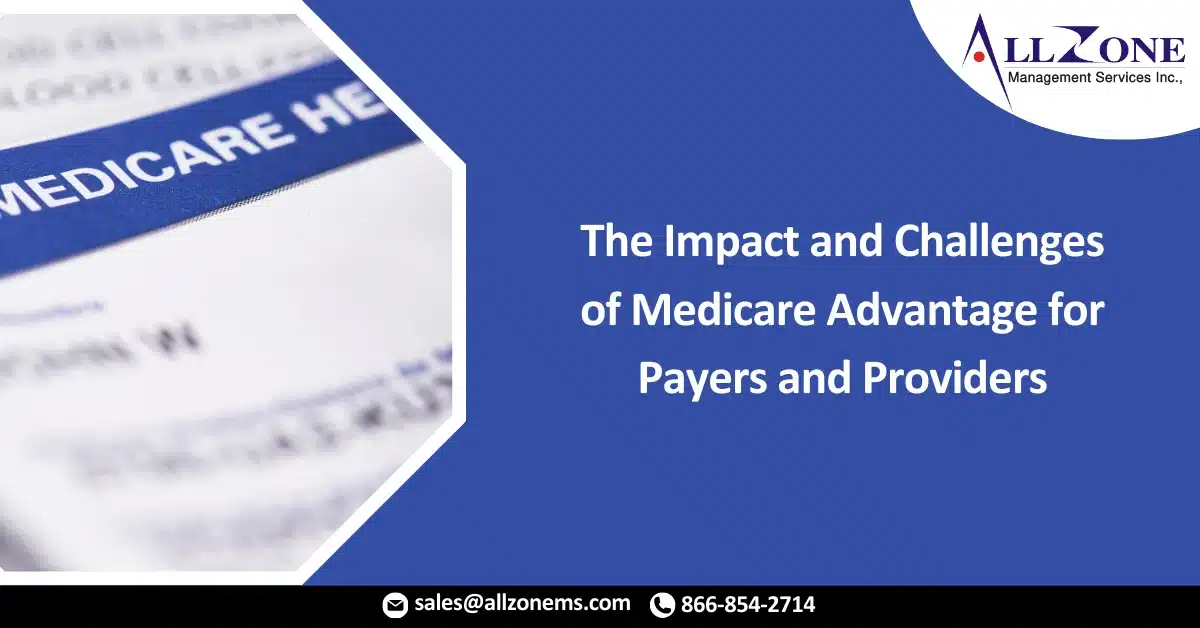Medicare Advantage (MA) is becoming more appealing to payers due to its numerous benefits, but providers are struggling to adjust to its effects. Payers are increasingly recognizing the advantages of MA, especially in terms of profitability. According to a study conducted by the Kaiser Family Foundation (KFF), MA insurers disclosed an average gross margin of $1,730 per enrollee in 2021. This margin is at least twice as high as the margins reported by insurers in the individual/non-group market ($745), the fully insured group/employer market ($689), and the Medicaid managed care market ($768).
The increased profitability of Medicare Advantage (MA) has led to a rise in healthcare costs borne by the federal government. According to a separate analysis conducted by the Kaiser Family Foundation (KFF), federal spending per person for Medicare Advantage beneficiaries was $321 higher in 2019 compared to if they had been covered by traditional Medicare. This additional federal expenditure per Medicare Advantage enrollee resulted in an estimated $7 billion in extra expenditures.
Conversely, Medicare Advantage has imposed higher administrative costs on healthcare providers. As the number of MA plans and enrollees has surged, providers have had to grapple with an increasing array of policies and regulations. Complying with these rules has become more intricate and variable, leading to a rise in claims denials and requests for prior authorization. Research has indicated that the administrative burden associated with MA is 1.4 to 1.5 times more demanding than that of traditional Medicare in terms of filing claims and adhering to regulations and policies.
Furthermore, the rising popularity of Medicare Advantage (MA) is occurring at a time when the nation is grappling with widespread staffing shortages. According to an annual survey conducted by the American College of Healthcare Executives, hospital CEOs ranked workforce challenges as their top concern in 2022, marking the first time in 16 years that financial challenges were not the primary concern.
Delving deeper into MA, it was introduced by Congress nearly two decades ago as a private-sector alternative to Medicare, with the promise that innovative private companies would discover ways to reduce healthcare costs while upholding high-quality care. However, a comprehensive report published by The New York Times shed light on several shortcomings of MA. The report exposed how major health insurers took advantage of the program to inflate their profits by billions of dollars. Federal audits uncovered that eight out of the top ten MA insurers submitted inflated bills, and four out of the five largest players faced federal lawsuits alleging fraudulent over-diagnosis of customers.
Despite the revelations brought to light, the popularity of Medicare Advantage (MA) continues to soar. In 2022, almost half (48%) of eligible Medicare beneficiaries opted for MA plans. Over the years, MA enrollment as a percentage of the eligible Medicare population more than doubled from 19% in 2007 to 48% in 2022, according to the Kaiser Family Foundation (KFF).
MA spending constitutes a significant portion of the total federal Medicare expenditure, amounting to $427 billion or 55%, as reported by KFF. In fact, the government now allocates nearly as much funding to the nation’s 29 million MA beneficiaries as it does to the combined budgets of the Army and Navy, as highlighted by The New York Times.
Despite the challenges faced by providers, insurers are increasingly venturing into the MA market. For instance, Humana recently announced its intention to phase out its commercial business with employer health plans and prioritize MA instead. This trend is unsurprising considering that MA is regarded as the sole growth market within the health insurance landscape, as stated by Bloomberg.
Acknowledging the additional administrative burden imposed on providers due to the proliferation of MA plans, the U.S. Centers for Medicare and Medicaid Services (CMS) have proposed potential relief through the implementation of electronic prior authorizations. The proposed rule mandates that MA and other government-related plans adopt electronic prior authorization systems by 2026. It also requires payers to provide a specific reason for denying a prior authorization request and issue a decision within 72 hours for urgent requests.
MS has acknowledged that prior authorization poses a significant burden on providers and can impact patient care if inefficiencies lead to delays. Providers are forced to allocate resources to navigate varying requirements across payers and the submission and approval processes, diverting attention away from clinical care.
However, the precise impact of the proposed rule on providers’ day-to-day operations and the broader issue of administrative waste remains uncertain. Given the shortage of healthcare labor, providers would benefit from embracing artificial intelligence (AI)-based automation and advanced analytics to reduce administrative costs associated with clean claims, streamlined prior authorizations, and faster payments. By leveraging AI and automation, healthcare organizations can improve the efficiency of their revenue cycle without the need to hire and train additional staff.
In conclusion, as the number and complexity of MA plans continue to grow, providers must recognize the importance of adopting AI and automation to streamline revenue cycle operations. By embracing these technologies, healthcare organizations can address administrative challenges, optimize revenue, and navigate the changing landscape of Medicare Advantage more effectively. Proactive providers who embrace AI will position themselves at the forefront of the industry, ensuring financial stability and long-term success.
With nearly 30 years of experience in the payer, provider, and consulting sectors, is a seasoned healthcare executive. She has shared her expertise through numerous national speaking engagements on various topics, including data and analytics, compliance, value-based payment models, and provider cost and quality transparency. Currently, she serves as EVP, Growth Enablement at VisiQuate, where she helps healthcare organizations harness the power of their data to maximize revenue cycle operations and achieve optimal business health.

